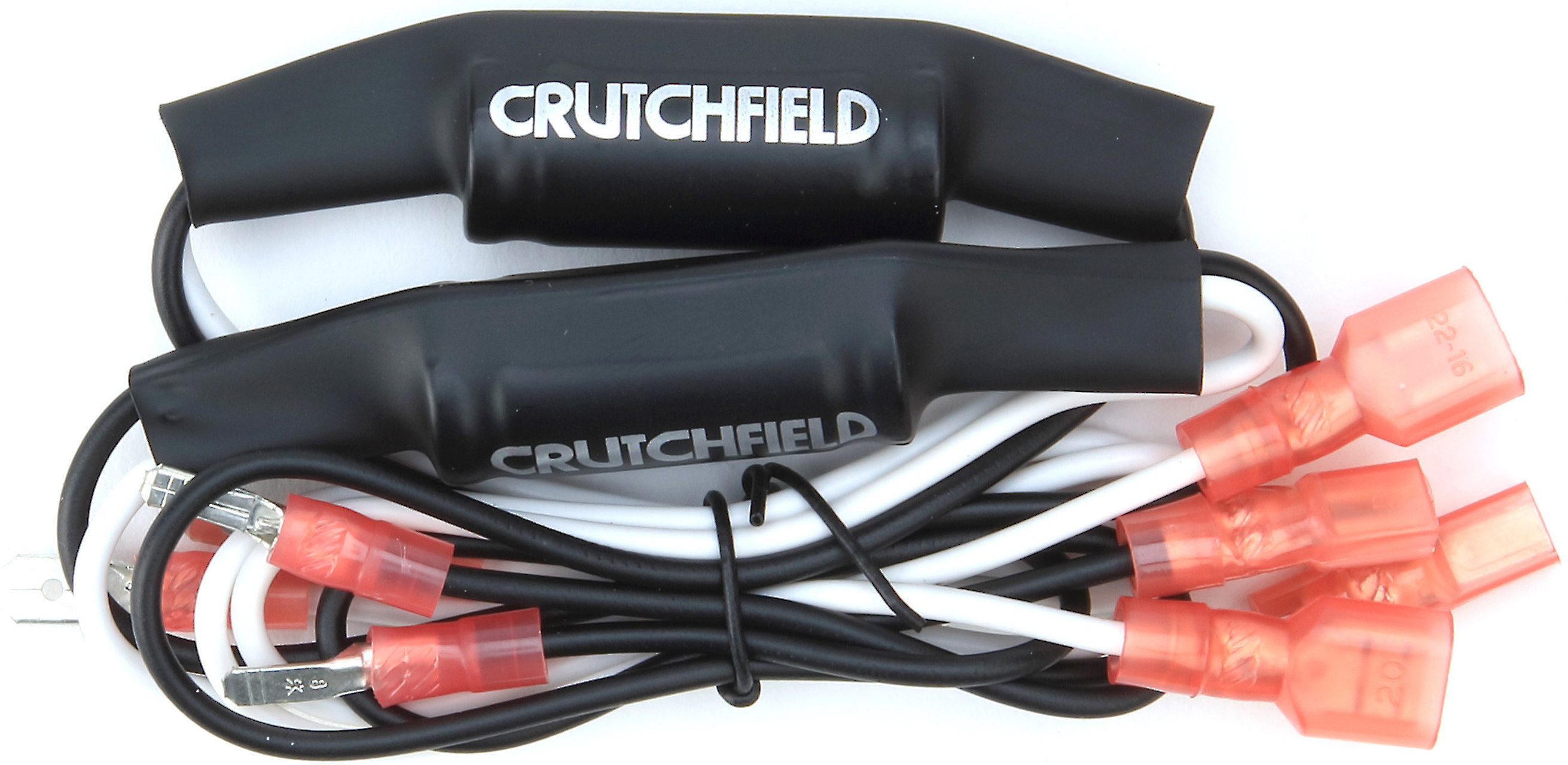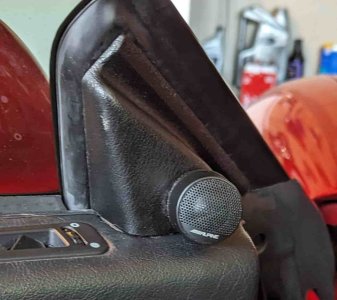I've got some tweeters that go in the front "sails" of the doors that I want to install. Unfortunately I don't have the specs on the tweeters other than that they sound great when I connect a sound source to them. I'm hoping this will help with the lack of the high end in my NSX. I'm figuring to this in the winter while I have the door apart doing the Hugo window fix.
My search turned up empty. I'm wondering how to wire the tweeters in? Do I need specific crossovers coming out of the BOSE amps? I assume I need more than just a capacitor in series? Have there been any threads on this, preferably with pictures? Or is the strong recommendation to add smaller tweeters to the stock BOSE units? I've seen some older threads on this, but looking at it, it seems it would make more sense to have the tweeters in the door sails pointing at the occupants than down by my knees.
Thanks in advance for input on it.
My search turned up empty. I'm wondering how to wire the tweeters in? Do I need specific crossovers coming out of the BOSE amps? I assume I need more than just a capacitor in series? Have there been any threads on this, preferably with pictures? Or is the strong recommendation to add smaller tweeters to the stock BOSE units? I've seen some older threads on this, but looking at it, it seems it would make more sense to have the tweeters in the door sails pointing at the occupants than down by my knees.
Thanks in advance for input on it.







